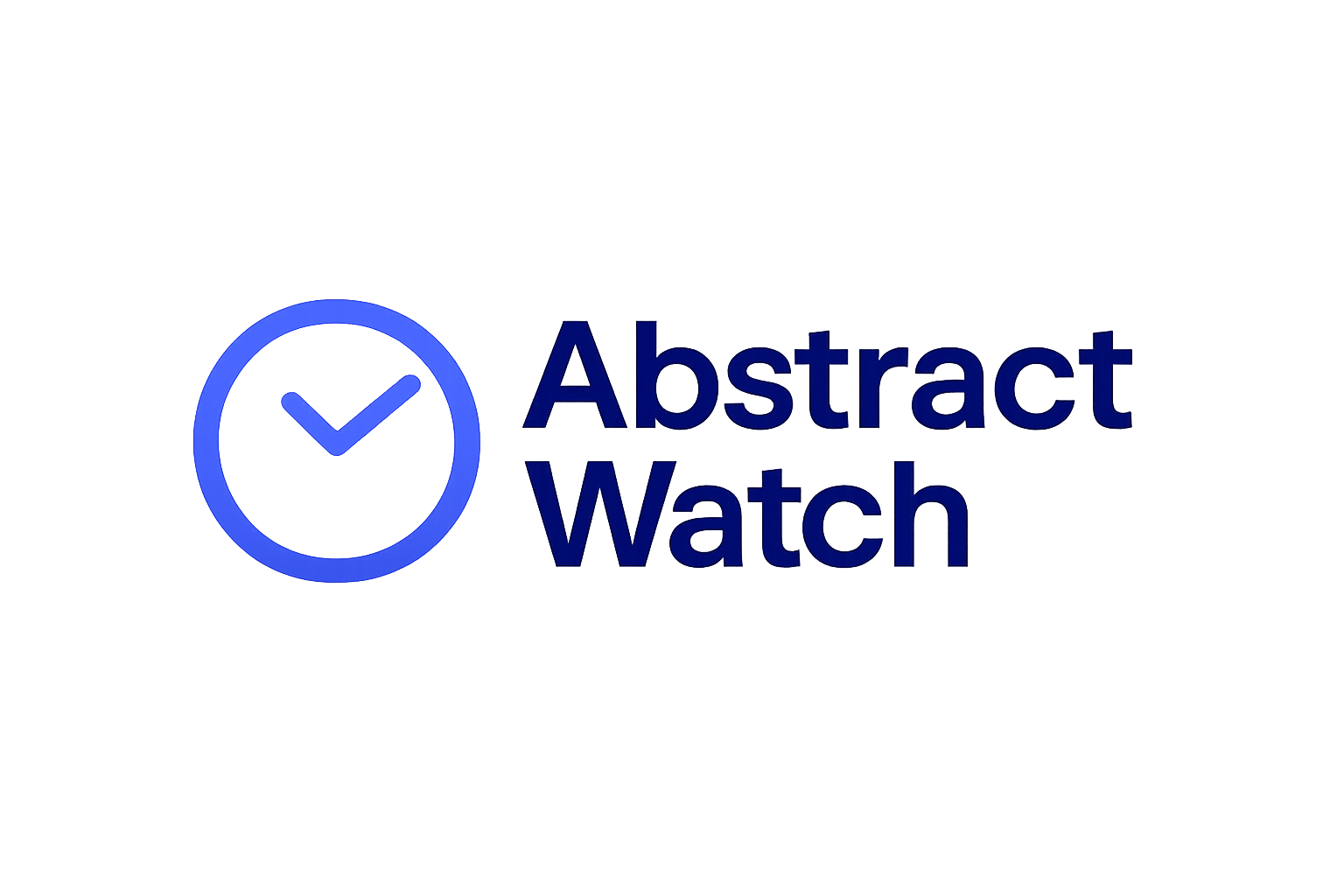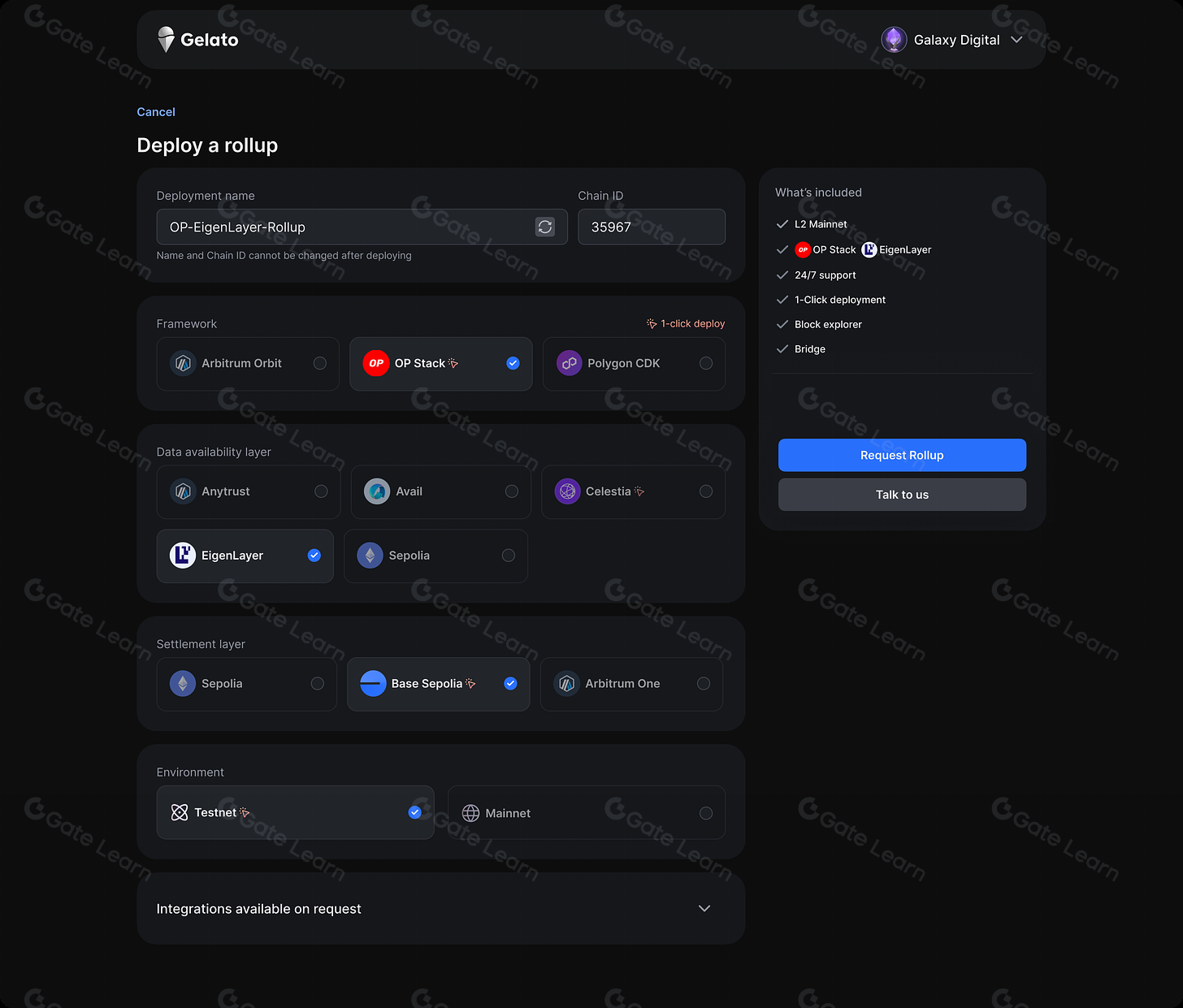
Blockchain startups are in a race to deliver scalable, high-performance applications without getting bogged down by the complexities of infrastructure. Enter Rollup-as-a-Service (RaaS) platforms: these modular solutions empower teams to launch custom app-chains with unprecedented speed, security, and flexibility. By abstracting away the technical heavy lifting, RaaS providers are rapidly becoming the backbone of modern blockchain scalability.

What Are App-Chains and Why Do They Matter?
An app-chain is a dedicated blockchain, often a Layer 2 or Layer 3 rollup, built to serve a single application or suite of use cases. Unlike deploying on a shared L1 or L2 network, app-chains give projects full control over throughput, privacy, governance, and protocol upgrades. This customization is critical for DeFi protocols, gaming ecosystems, and enterprise solutions where performance and autonomy are non-negotiable.
Rollups bundle transactions off-chain and periodically commit them to a settlement layer like Ethereum. This design massively increases throughput while reducing gas fees, a game changer for mainstream adoption. But deploying a rollup from scratch is resource-intensive and requires deep expertise in cryptography, consensus mechanisms, and node operations.
The Rise of Rollup-as-a-Service Platforms
RaaS platforms eliminate the friction traditionally associated with custom app-chain deployment. Instead of assembling an engineering team to architect infrastructure from zero, startups can leverage intuitive dashboards and pre-built modules provided by leading RaaS vendors.
Key Benefits of Rollup-as-a-Service for Startups
-
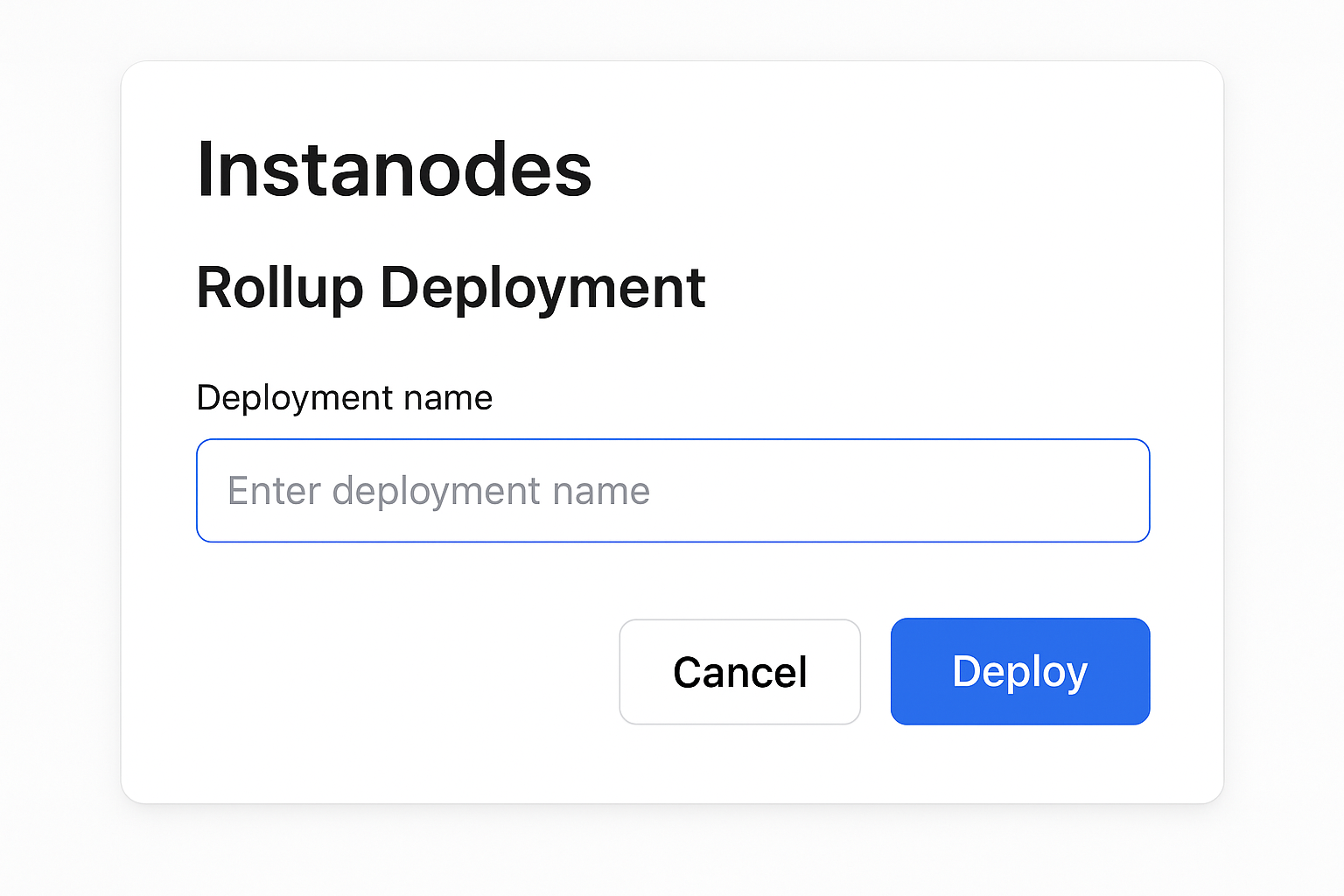
Simplified Deployment: RaaS platforms like Instanodes and QuickNode offer intuitive interfaces and no-code tools, enabling rapid rollup launches without deep blockchain expertise.
-
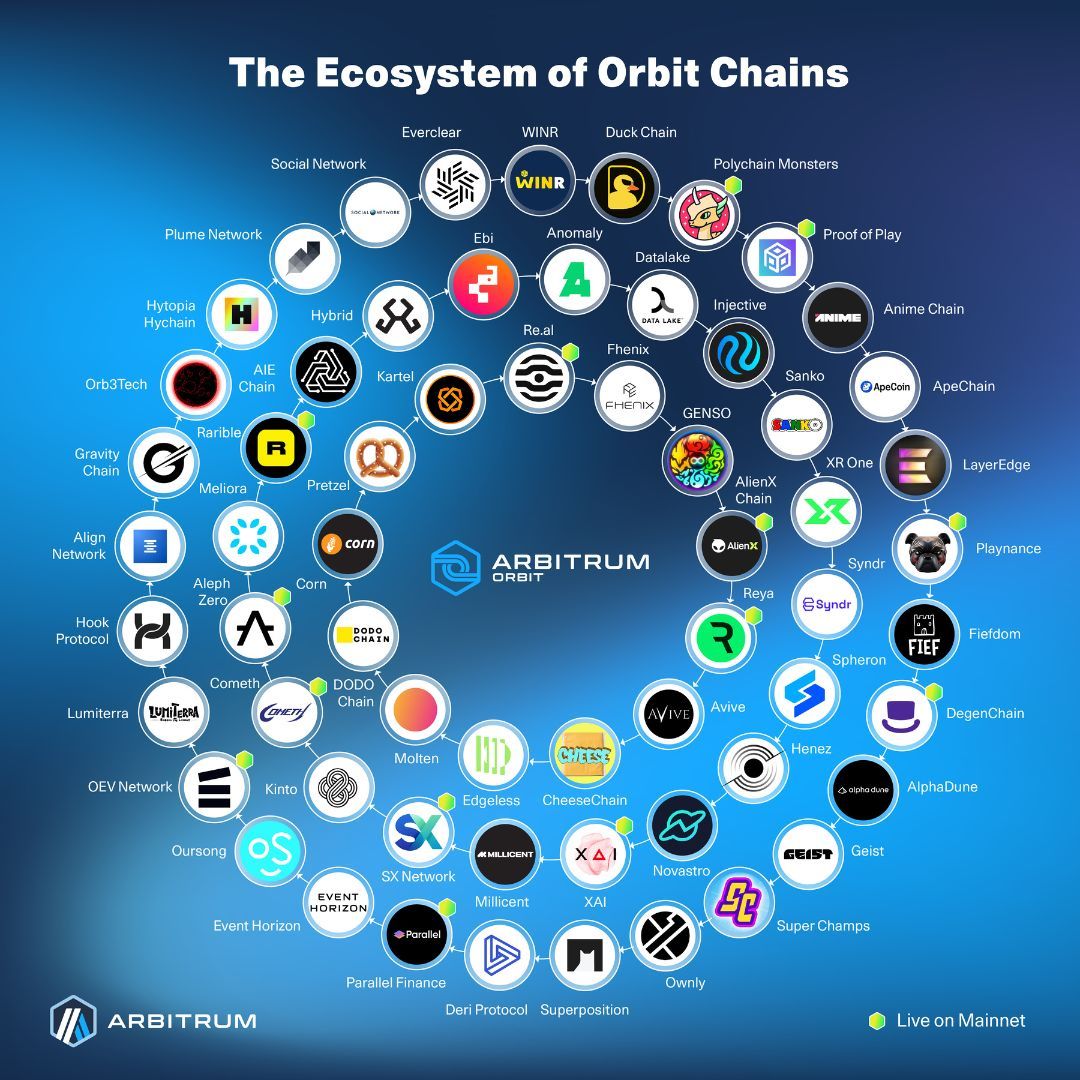
Customization and Flexibility: Solutions such as Arbitrum Orbit and Polygon CDK empower startups to tailor app-chains for specific needs—like privacy, governance, or throughput.
-
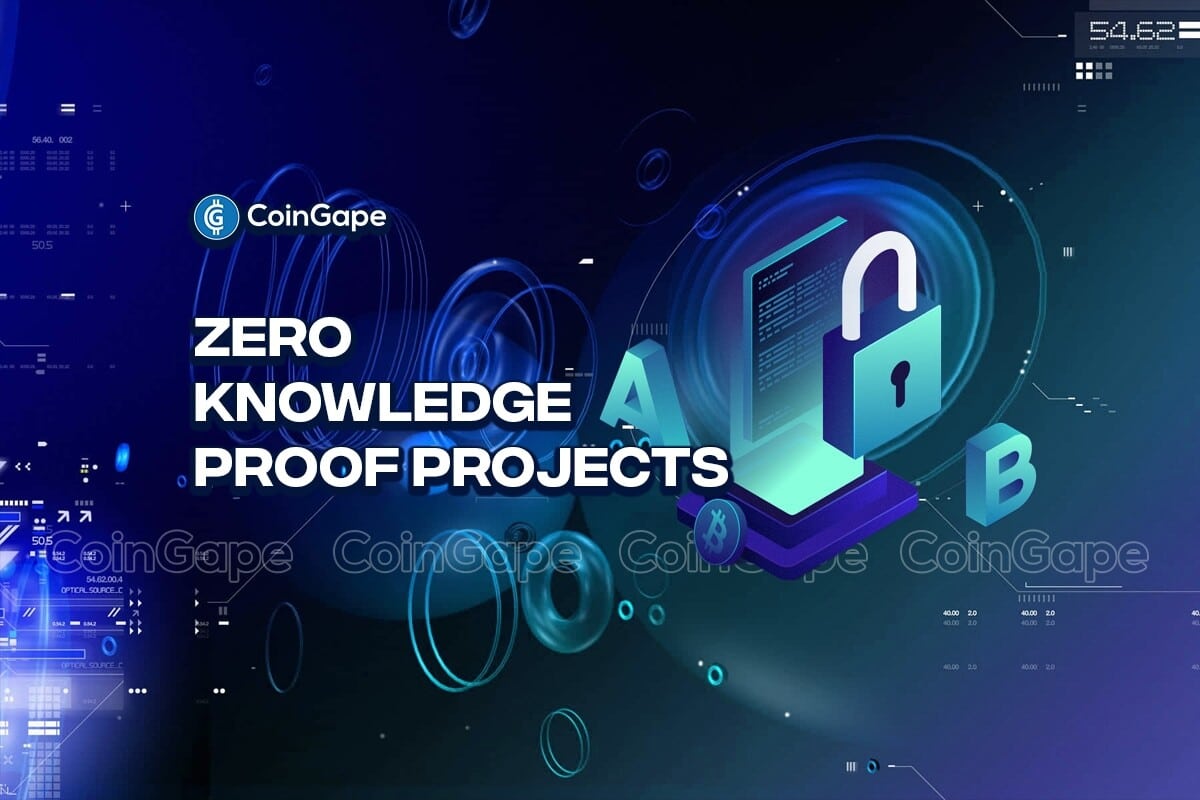
Security and Reliability: RaaS providers such as Quasm integrate advanced security features, including zero-knowledge proofs and decentralized sequencers, to maintain data integrity and robust uptime.
-
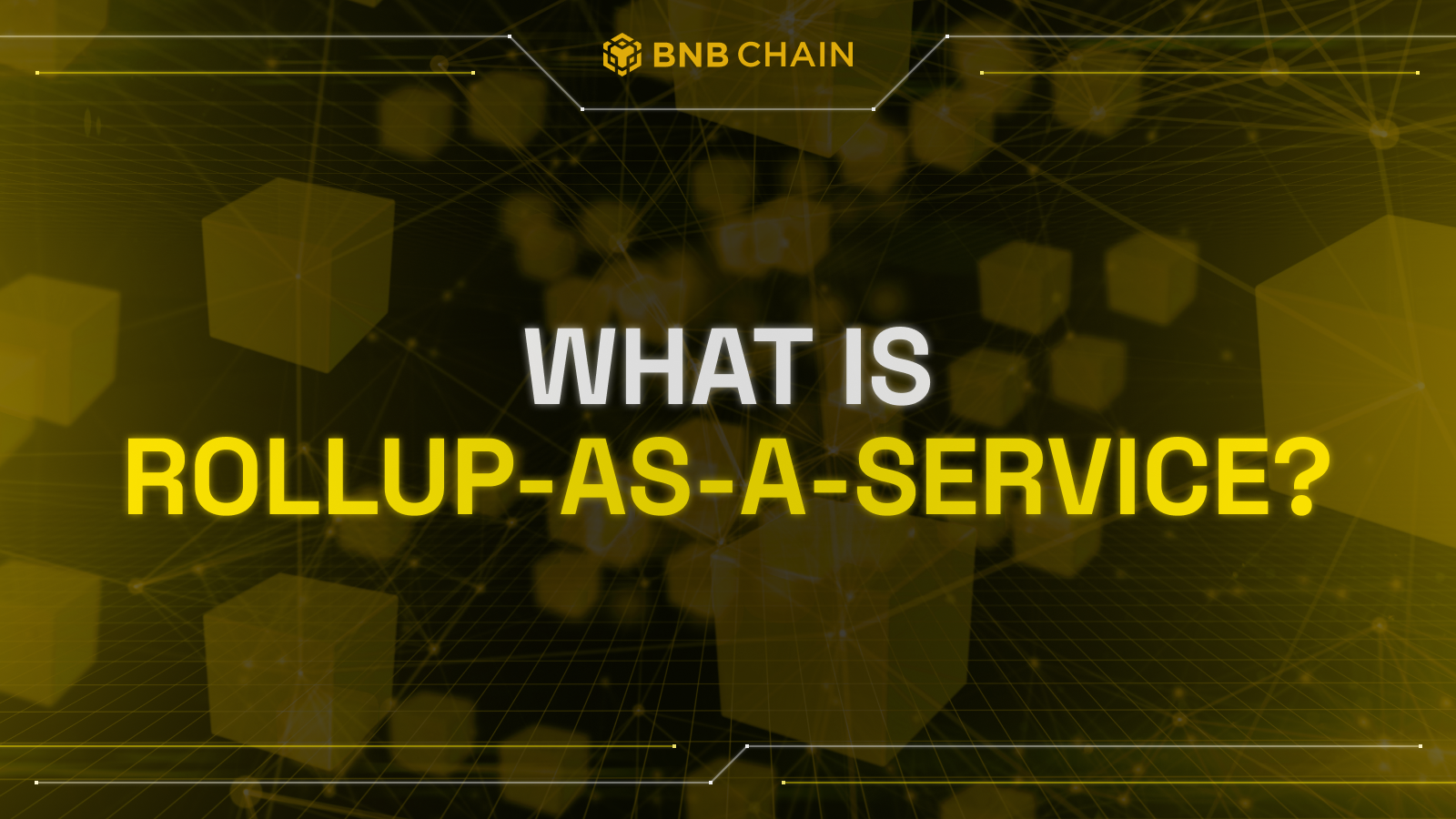
Cost Efficiency: By eliminating the need for in-house infrastructure and aggregating transactions off-chain, RaaS platforms significantly lower operational and gas costs for startups.
This shift unlocks several competitive advantages:
- Simplified Deployment: No-code tools from providers like Instanodes and QuickNode allow teams to spin up production-grade rollups in hours, not months.
- Customization: Frameworks such as Arbitrum Orbit and Polygon CDK give developers granular control over chain parameters, including block times, transaction fees, privacy settings, and governance logic.
- Performance: By processing transactions off-chain before batching them on Ethereum or other L1s, RaaS-powered rollups can handle thousands of TPS (transactions per second) with minimal latency.
- Security: Advanced cryptographic techniques like zero-knowledge proofs (as seen with Quasm’s Starknet integration) ensure data integrity while keeping costs low.
- Cost Efficiency: Outsourcing infrastructure reduces operational overhead, letting startups focus on product innovation rather than node maintenance or uptime guarantees.
The Modular Blockchain Era: Flexibility at Scale
The modular blockchain thesis is in full swing. Instead of monolithic chains trying to do it all, we’re seeing the rise of specialized layers, settlement layers (like Ethereum), data availability networks (such as Celestia), and execution environments (rollups/app-chains). RaaS platforms sit at the intersection of these trends by enabling seamless orchestration between components.
This modularity means projects can pick the optimal tech stack for their needs without vendor lock-in or technical debt. For example: Caldera offers rapid deployment for high-throughput applications; Conduit provides plug-and-play support for frameworks like OP Stack; Quasm focuses on zero-knowledge security guarantees for data-sensitive use cases.
The Competitive Landscape: Leading RaaS Providers in 2025
The market is heating up as more projects recognize that time-to-market is everything. Here’s a quick snapshot of the top players driving innovation in this space:
Top Rollup-as-a-Service Platforms for App-Chains
-
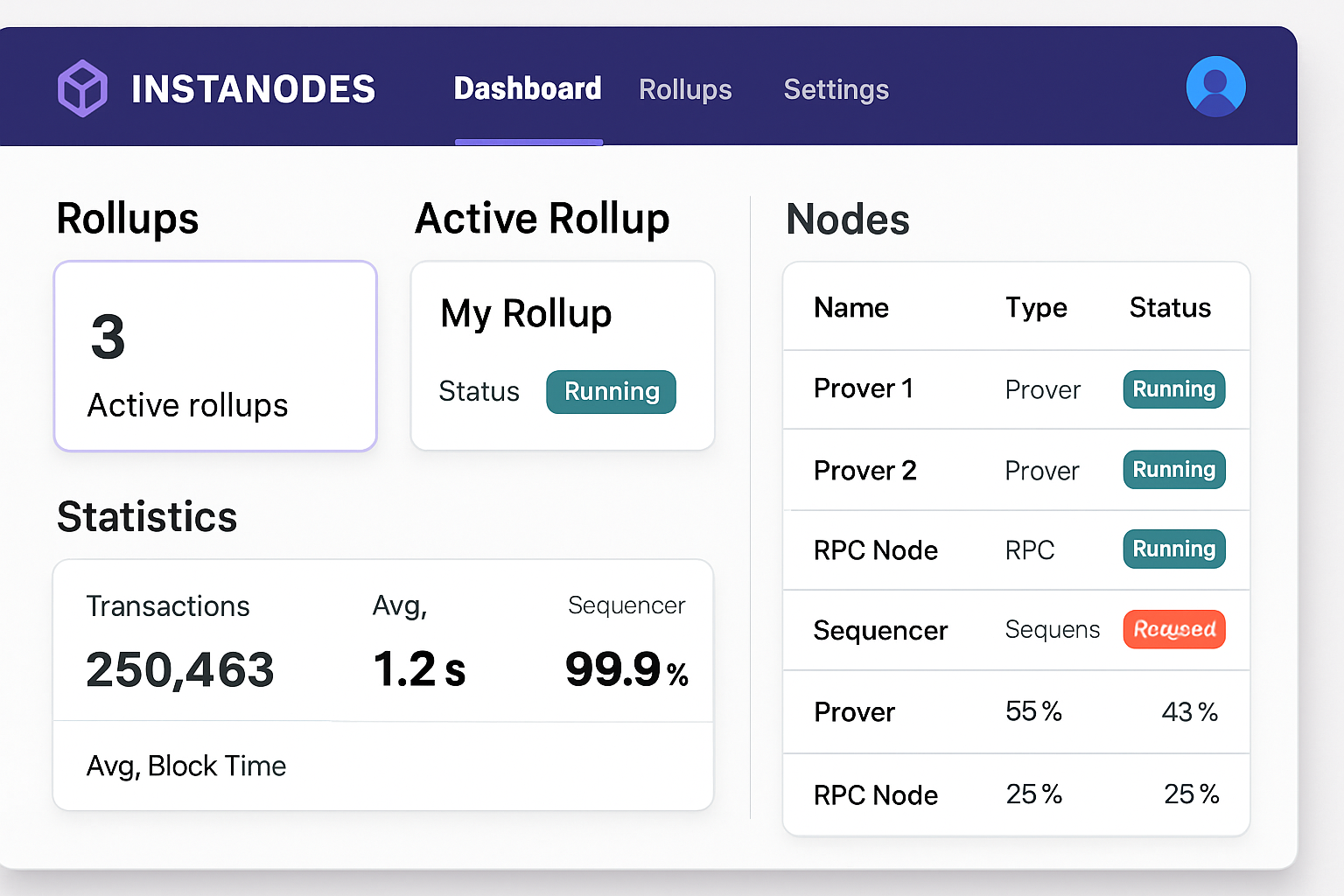
Instanodes: Delivers a robust platform for deploying and scaling custom rollups across multiple frameworks, including OP Stack and Arbitrum Orbit. Instanodes stands out with its intuitive interface, rapid deployment tools, and comprehensive support for both Layer 2 and Layer 3 solutions.
-
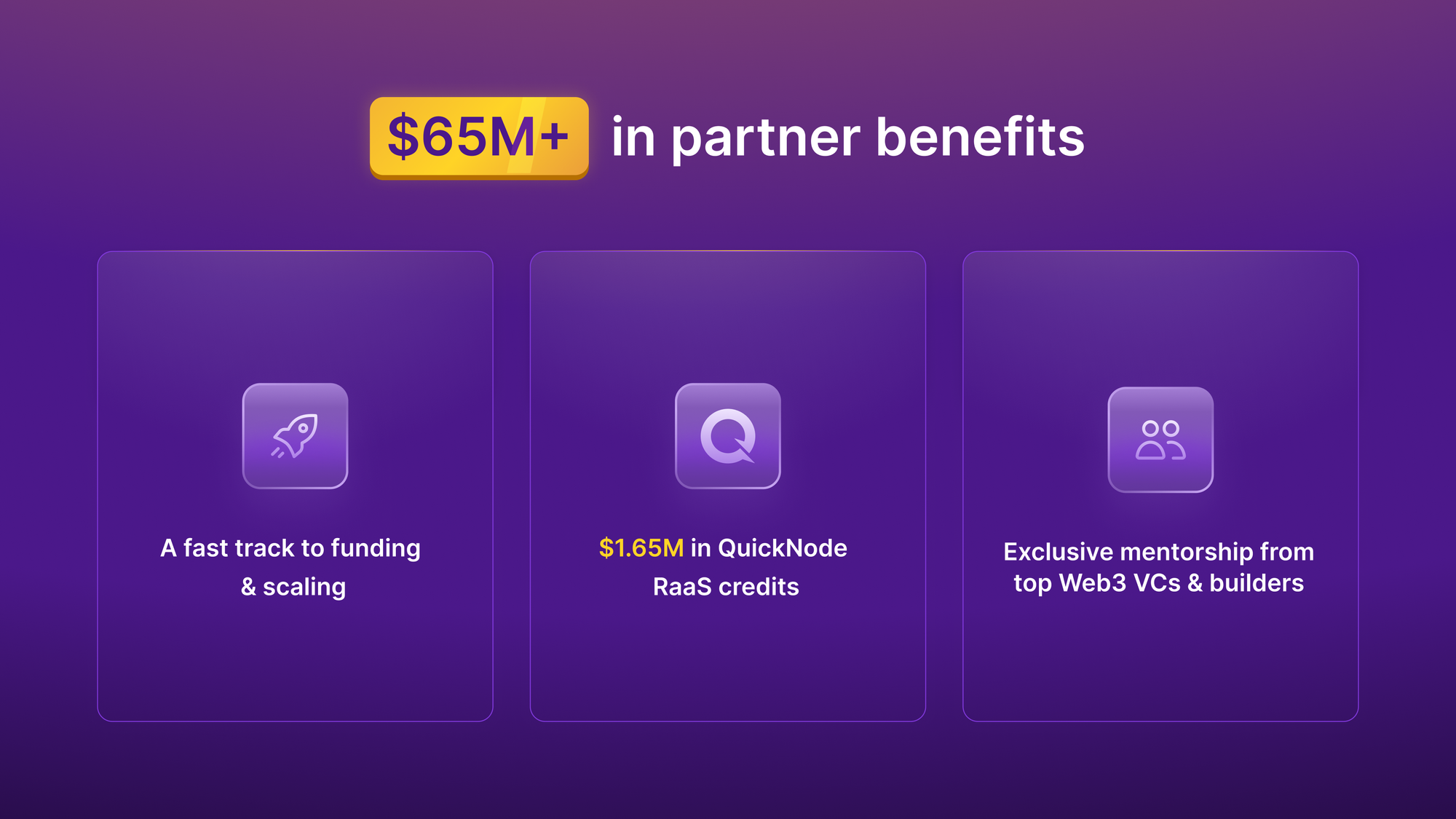
QuickNode: Offers a comprehensive RaaS solution with support for leading rollup frameworks. QuickNode emphasizes enterprise-grade security, high reliability, and seamless integration, making it a go-to choice for startups seeking fast and secure app-chain launches.
-

Caldera: Specializes in high-performance, customizable Layer 2 blockchains. Caldera provides modular solutions and rapid deployment, enabling projects to tailor their app-chains for optimal scalability and throughput.
-
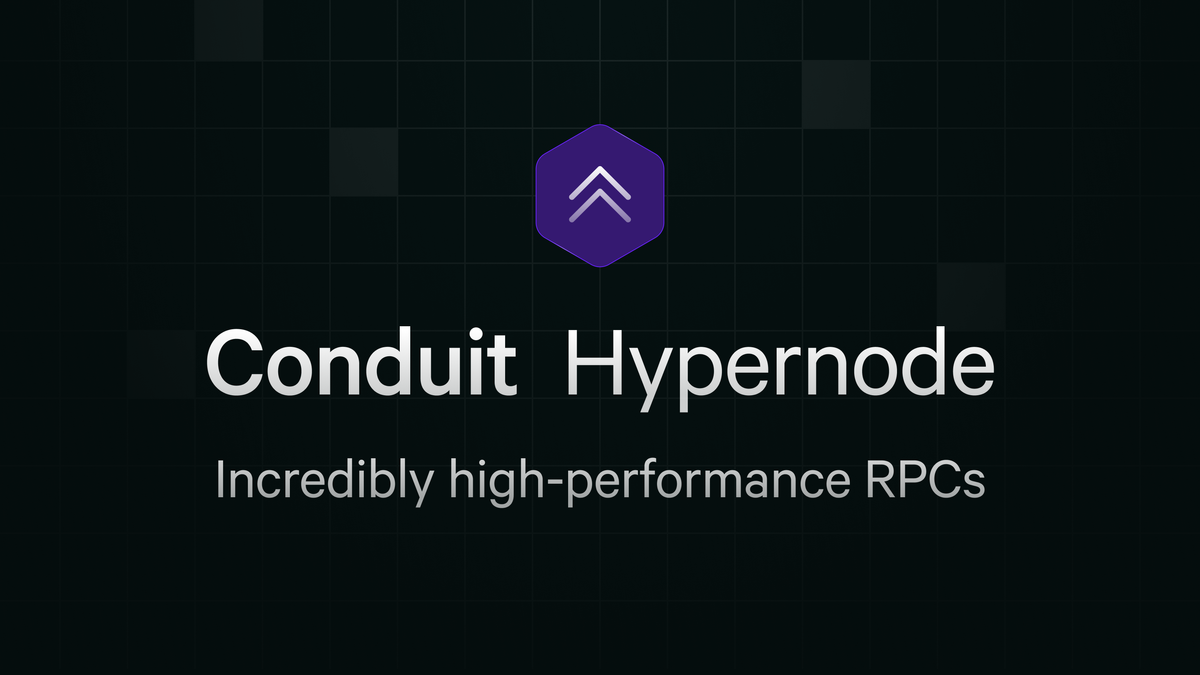
Conduit: Enables production-grade rollup deployments with minimal effort, supporting frameworks like OP Stack and Arbitrum Orbit. Conduit is known for its streamlined process and developer-friendly tools, making scalable app-chains accessible to a wide range of teams.
-
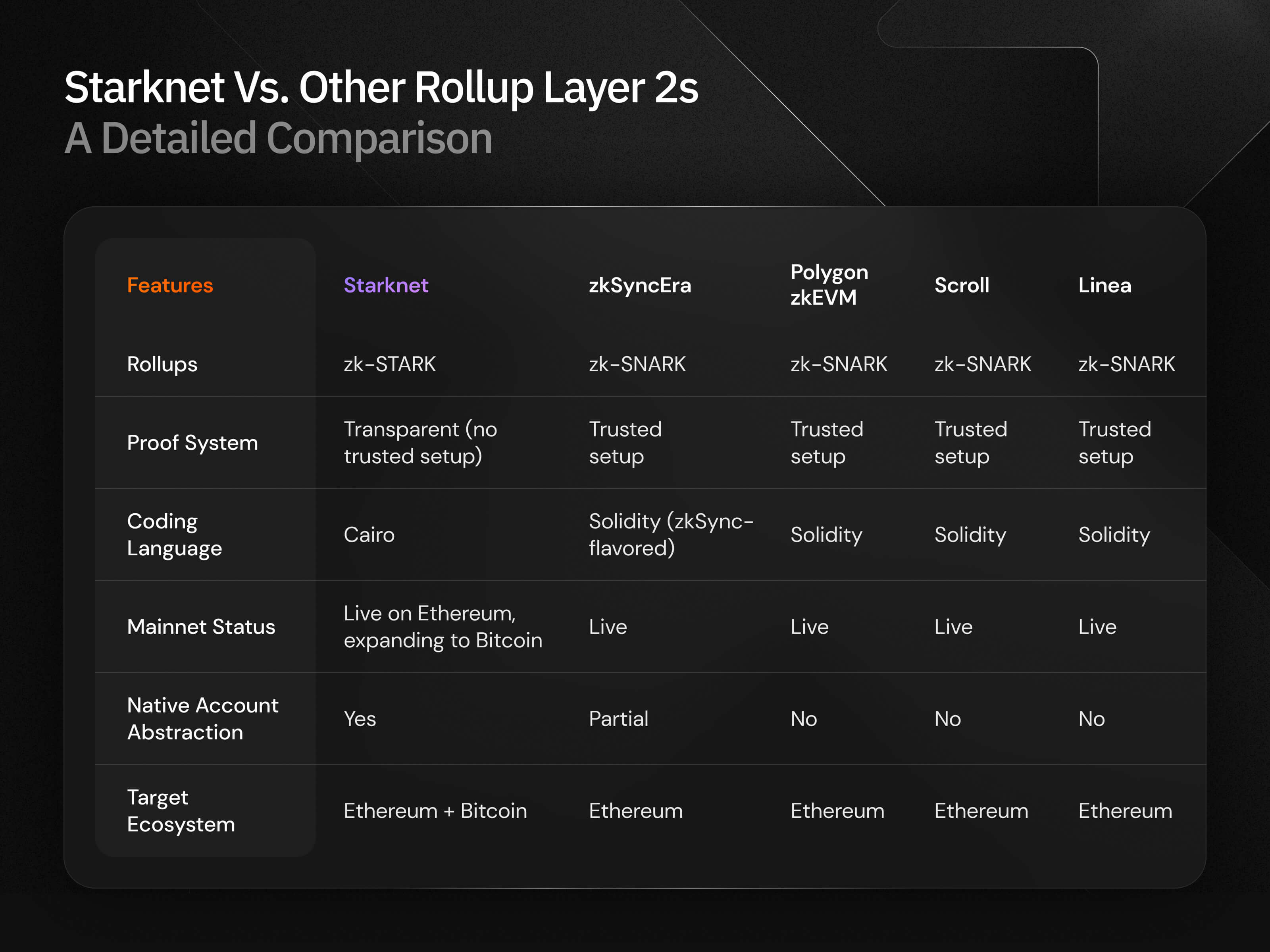
Quasm: Focuses on secure, scalable rollup solutions by leveraging Starknet’s zero-knowledge proofs for enhanced data integrity and privacy. Quasm is ideal for applications requiring advanced security and robust performance.
If you’re looking to dive deeper into how these platforms enable lightning-fast app-chain deployment, and why this matters for your next Web3 project, check out our detailed breakdown at this link.
For founders and developers, the implications are clear: RaaS platforms are not just about convenience, they’re about unlocking new market opportunities that would otherwise be out of reach. By removing the infrastructure bottleneck, teams can iterate rapidly, experiment with novel tokenomics, and deploy updates without waiting on congested public L1 or L2 networks. This agility is a competitive edge in a landscape where speed and adaptability often determine success.
Real-World Impact: Use Cases Driving Adoption
Let’s look at how startups are leveraging RaaS to push boundaries:
- DeFi protocols are launching app-chains to isolate liquidity and minimize MEV risk, while customizing fee models to optimize user experience.
- On-chain gaming studios are deploying high-throughput rollups that support complex gameplay logic and instant settlement, something infeasible on shared mainnets.
- Enterprise consortia can now spin up permissioned rollups with tailored compliance modules, integrating seamlessly with legacy systems yet maintaining full transparency.
This is just the tip of the iceberg. As RaaS matures, expect to see more vertical-specific solutions, think healthcare data rollups for HIPAA compliance or supply chain app-chains for real-time provenance tracking. The modular approach means any sector can benefit from blockchain scalability without reinventing the wheel.
What to Look for When Choosing a RaaS Provider
Selecting the right partner is critical. Here’s what blockchain startups should prioritize:
Checklist for Evaluating RaaS Providers
-
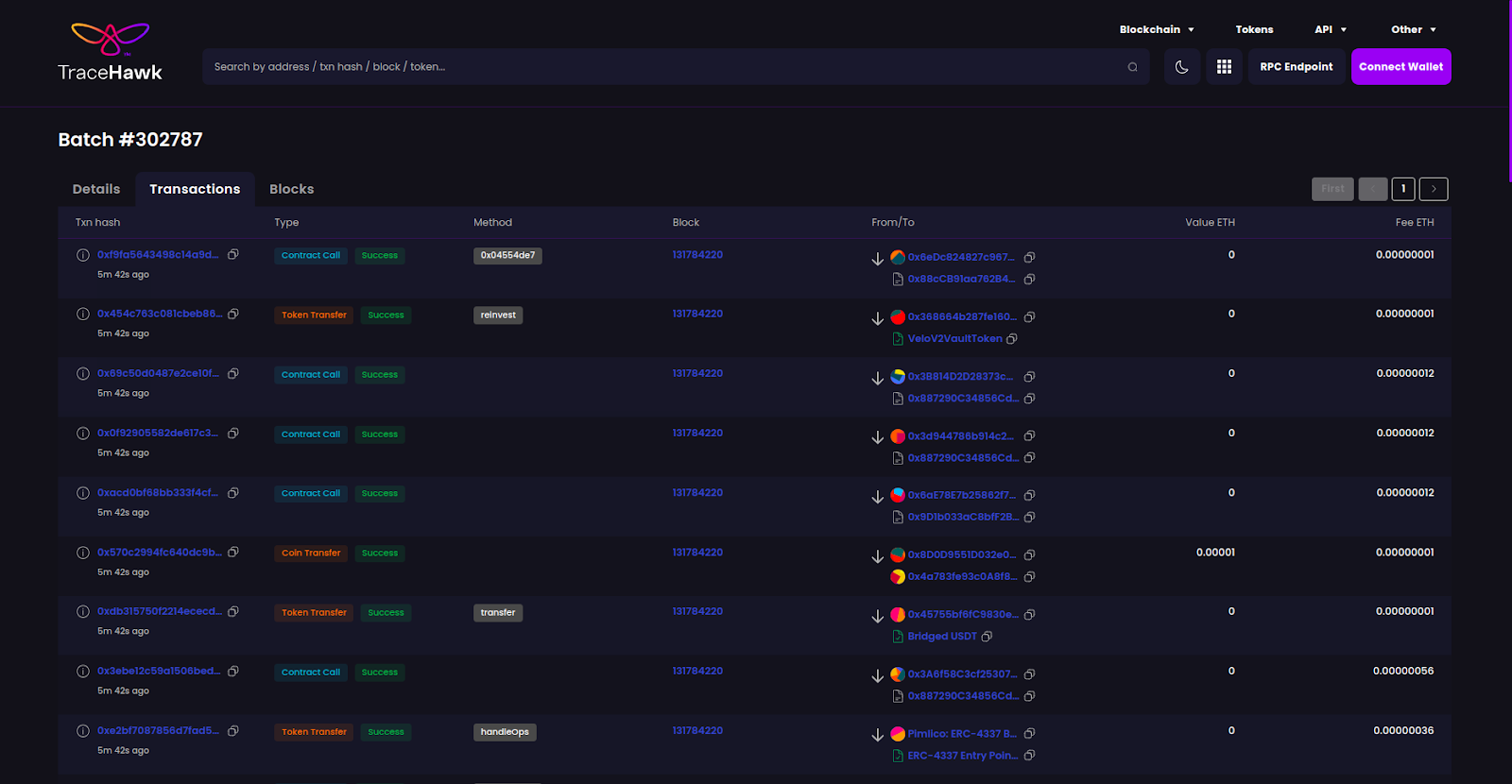
Supported Rollup Frameworks: Verify compatibility with leading frameworks like OP Stack, Arbitrum Orbit, Polygon CDK, and Starknet for maximum flexibility.
-
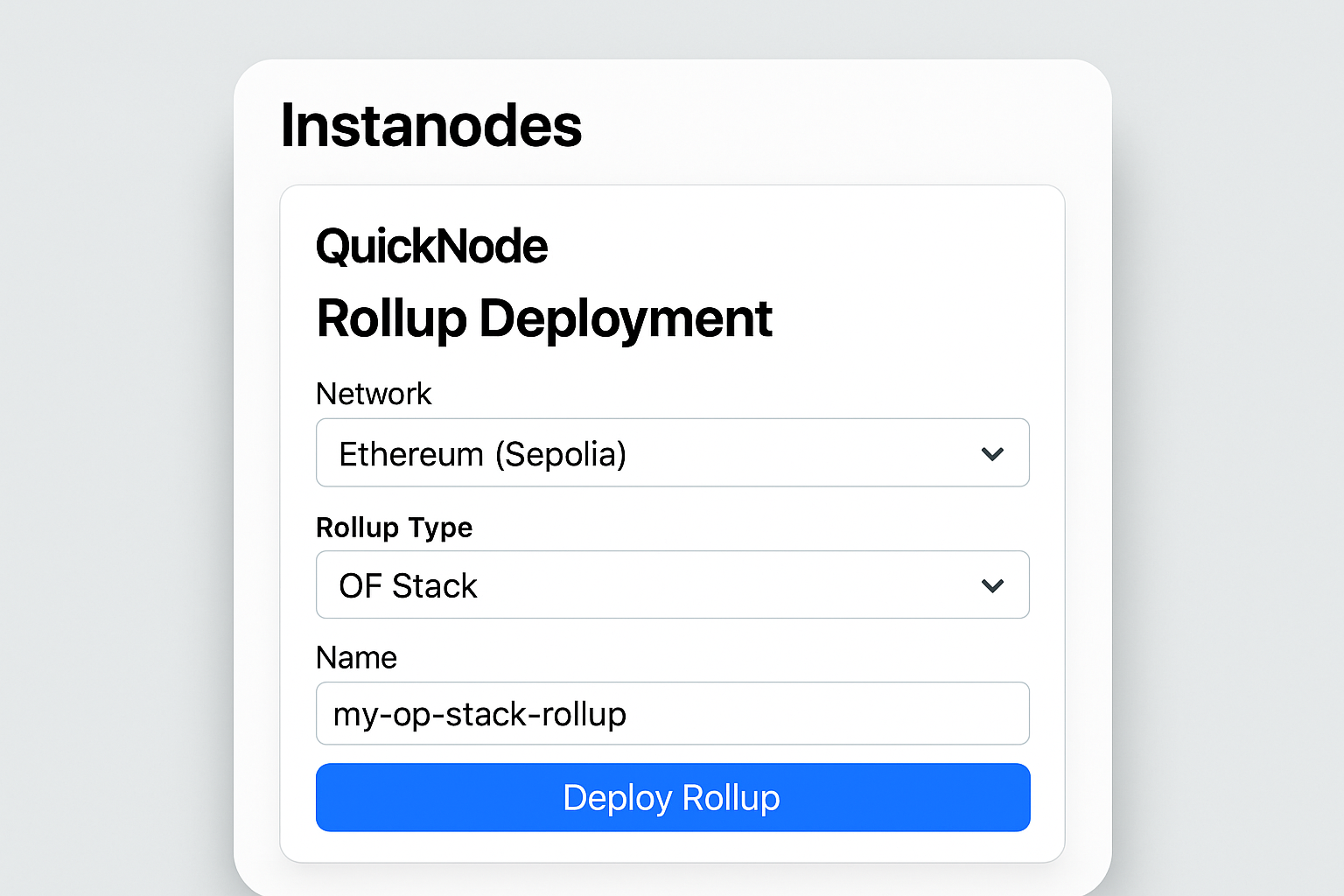
Deployment Simplicity: Assess the platform’s user interface, no-code tools, and documentation. Top providers like Instanodes and QuickNode offer intuitive deployment experiences.
-
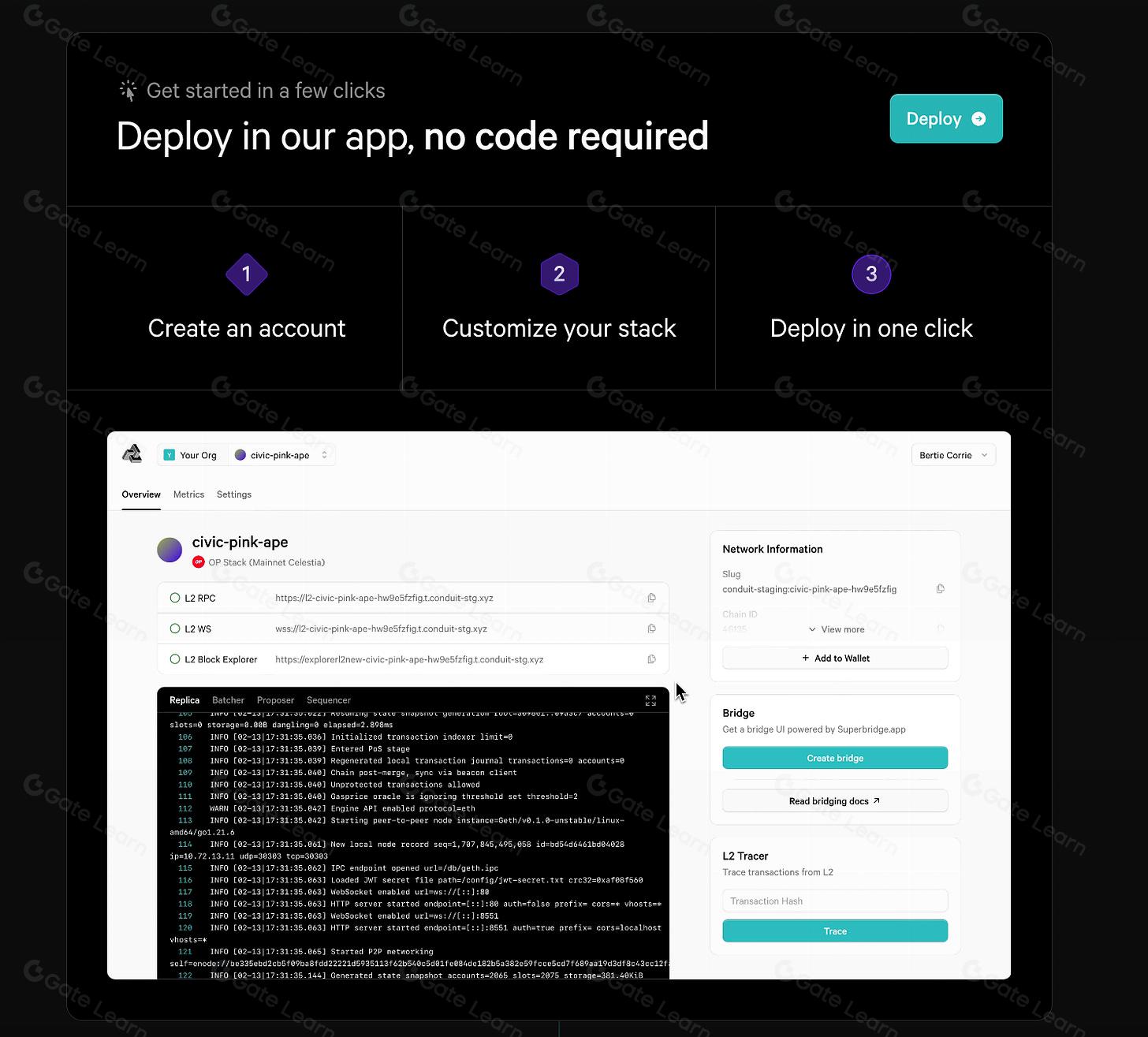
Customization Capabilities: Ensure you can tailor throughput, governance, privacy, and other parameters. Platforms such as Caldera and Conduit excel in customizable deployments.
-

Security Architecture: Look for advanced security features like zero-knowledge proofs, decentralized sequencers, and robust auditing—Quasm is notable for leveraging Starknet’s ZK proofs.
-
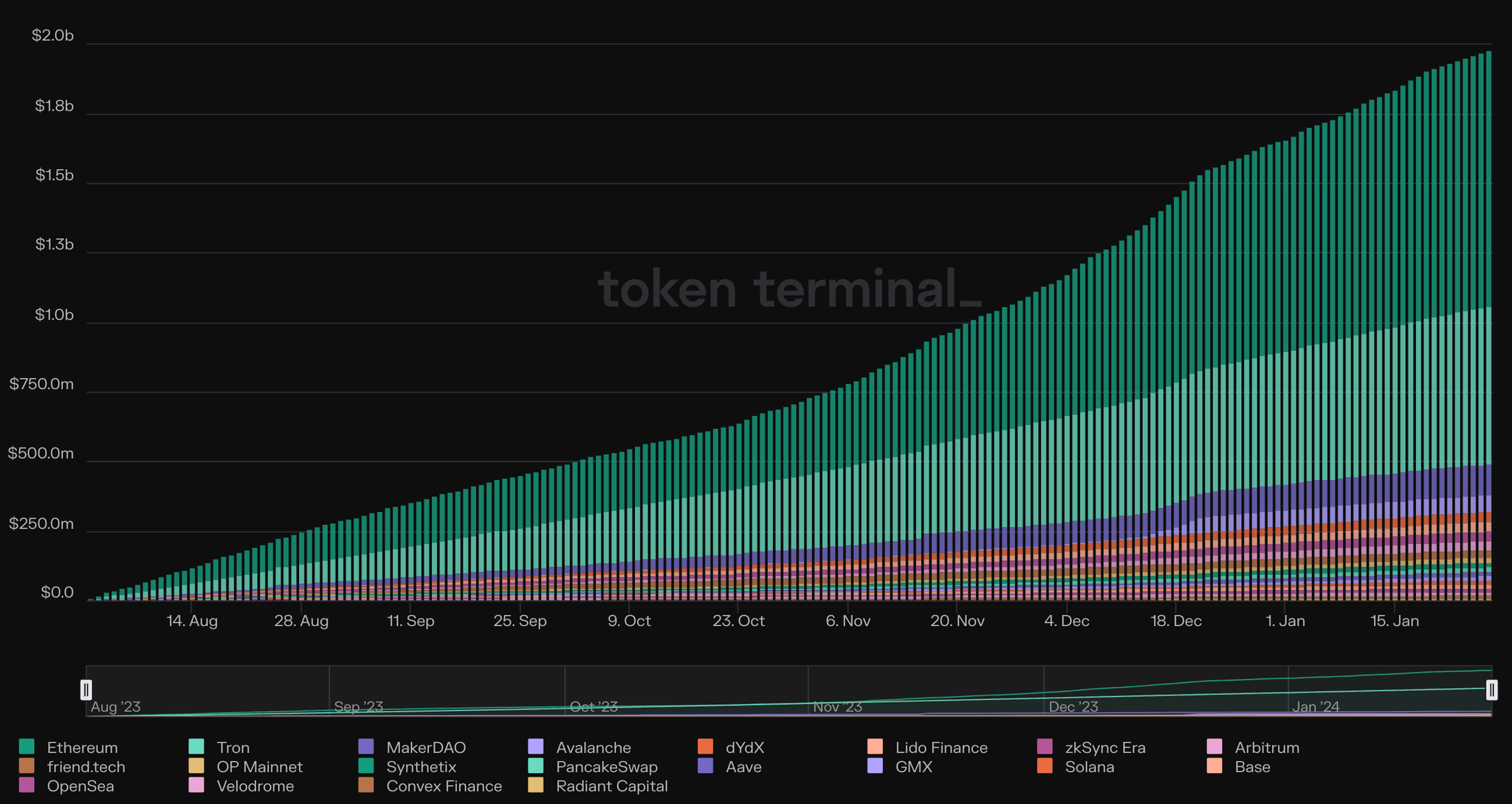
Performance & Scalability: Review metrics like transaction throughput, latency, and uptime. Providers like Caldera and Conduit are recognized for high-performance rollups.
-
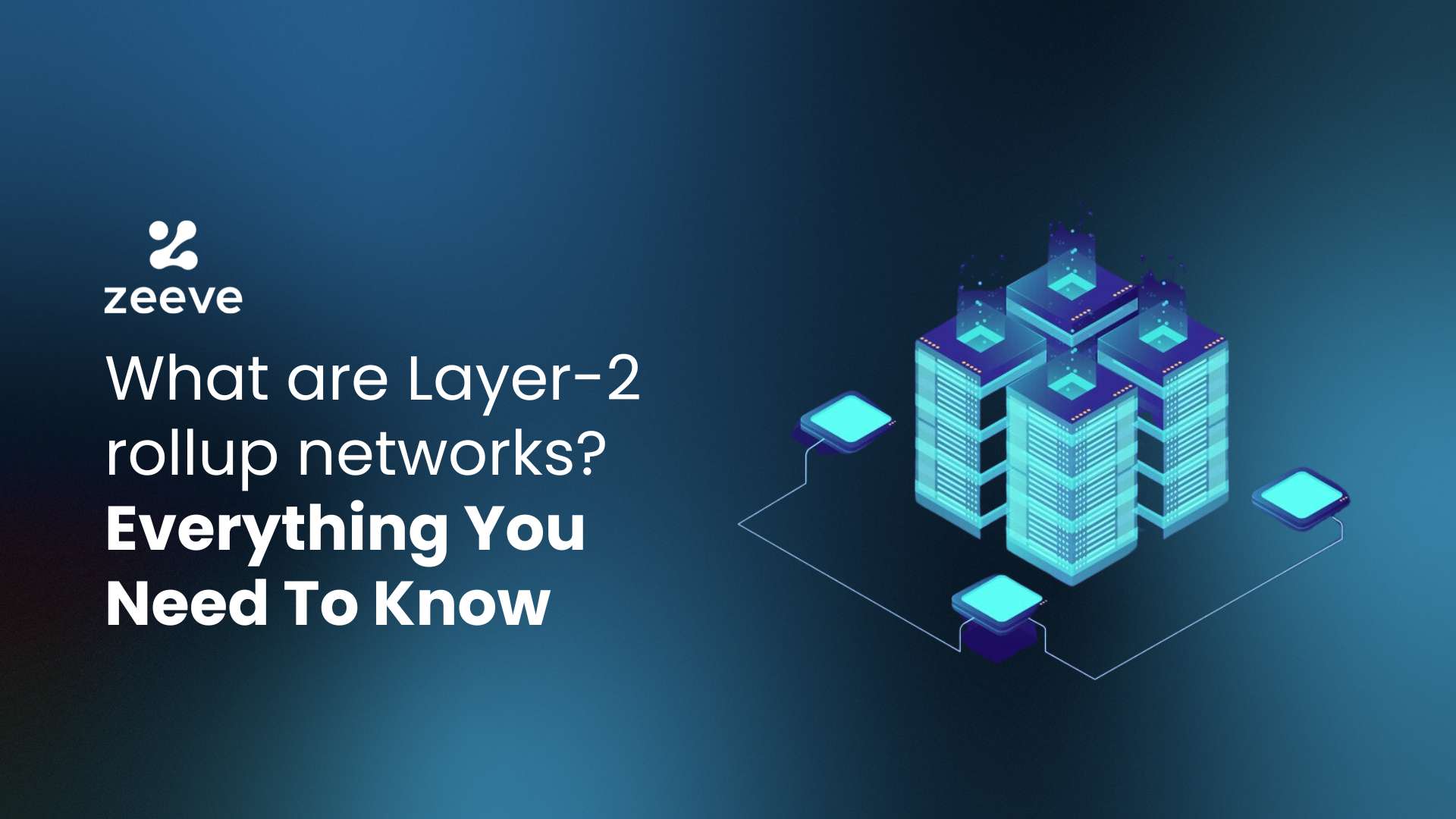
Interoperability & Bridges: Confirm support for token bridges and cross-chain compatibility to facilitate asset movement and ecosystem integration.
-
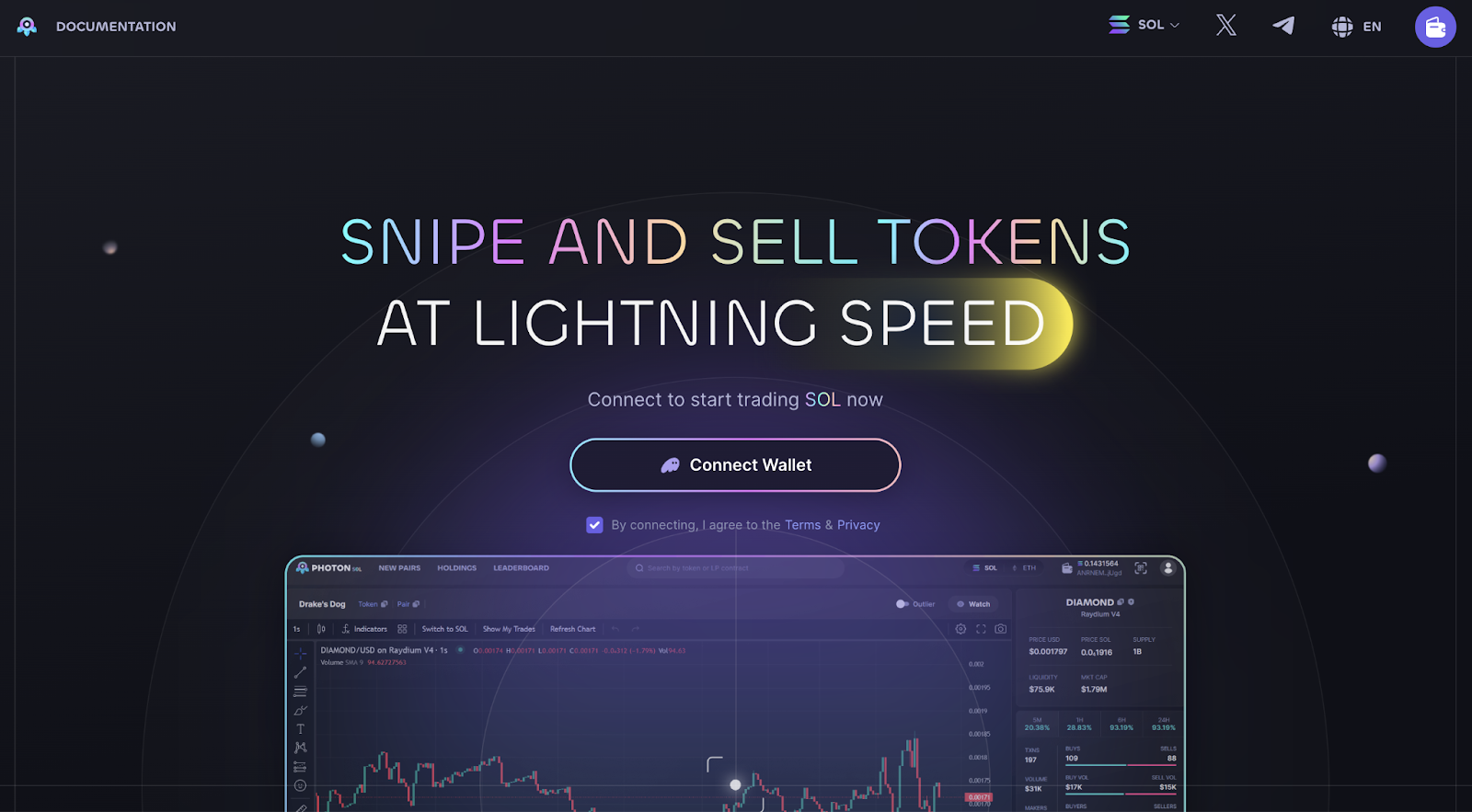
Cost Structure: Compare pricing models, including setup fees, maintenance, and gas savings. RaaS platforms like Quasm and QuickNode highlight cost efficiency.
-
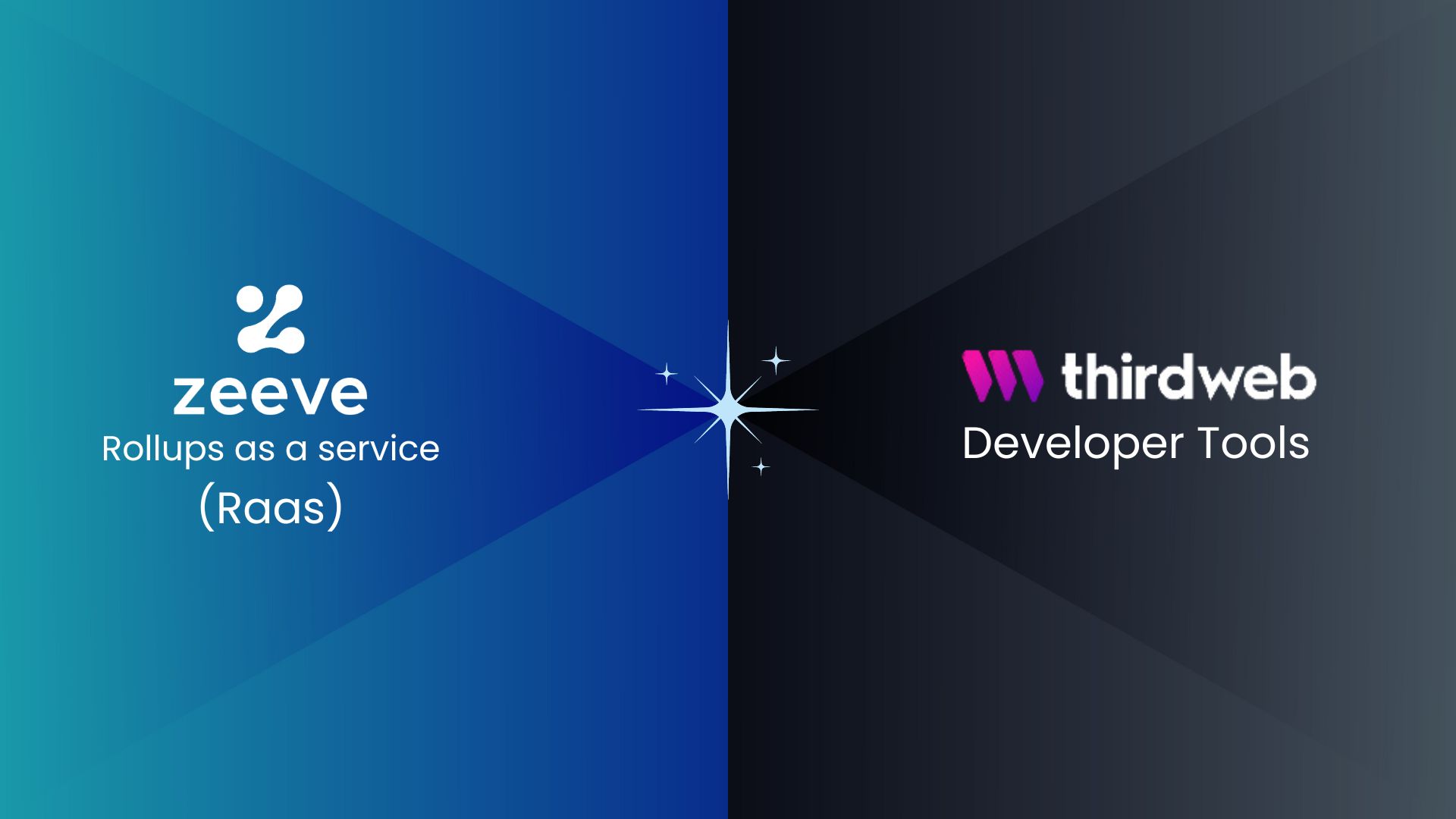
Ecosystem Support & Integrations: Evaluate access to developer tools, analytics, and third-party integrations for streamlined operations and growth.
-
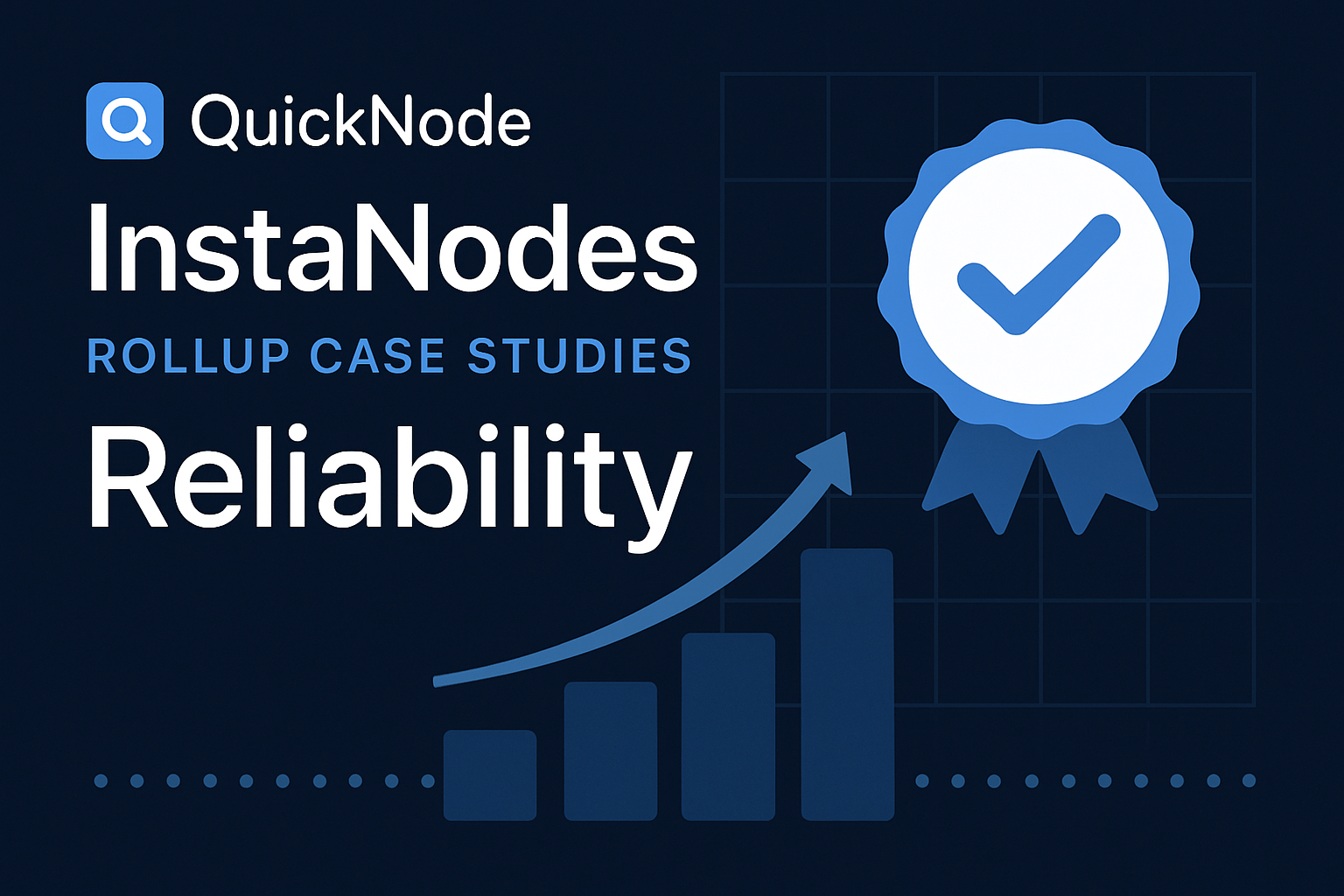
Track Record & Reliability: Research uptime guarantees, customer references, and case studies from established platforms such as QuickNode and Instanodes.
- Ecosystem compatibility: Does the platform support your preferred frameworks (e. g. , OP Stack, Arbitrum Orbit)?
- Security architecture: Are advanced cryptographic proofs like zero-knowledge or fraud proofs available?
- Customization options: Can you tweak governance, fees, and execution logic to fit your use case?
- SLA and support: What uptime guarantees and technical support does the provider offer?
- Total cost of ownership: Beyond deployment fees, factor in ongoing maintenance and upgrade costs.
The right RaaS provider will act as a true partner, empowering your team to focus on user growth rather than infrastructure firefighting. For an in-depth look at how one-click deployment is reshaping blockchain app development, read more at this resource.
Looking Forward: RaaS as the Infrastructure Layer of Web3
The momentum behind modular blockchains isn’t slowing down. As Ethereum continues its transition toward a fully modular stack, and as data availability solutions like Celestia mature, the demand for flexible execution layers will only grow. Rollup-as-a-Service platforms are poised to become the default infrastructure playbook for ambitious Web3 startups.
If you’re building in this space, now’s the time to explore how RaaS can accelerate your product roadmap while lowering operational risk. The future is composable, scalable, and ready for builders who know how to leverage it.
